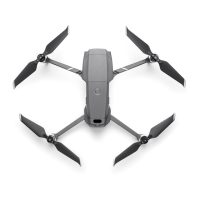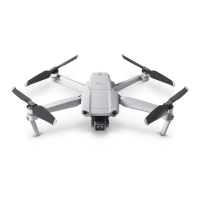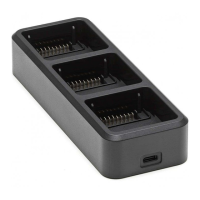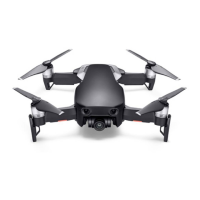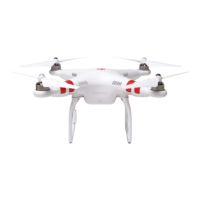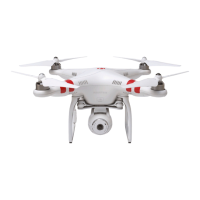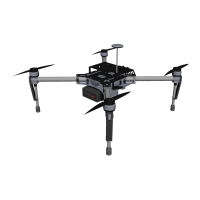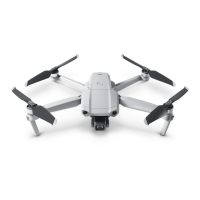MAVIC 2 ENTERPRISE Advanced
User Manual
28
©
2021 DJI All Rights Reserved.
Inserting the Intelligent Flight Battery
Insert the Intelligent Flight Battery into the battery
compartment of the aircraft. Make sure it is mounted
securely and that the battery latches have clicked
into place.
Removing the Intelligent Flight Battery
Slide the battery latches on the sides of the Intelligent Flight Battery to open the battery compartment.
DO NOT insert or remove the battery while it is powered on.
Make sure the battery is mounted securely.
Click
Gimbal and Camera
Gimbal
The Mavic 2 Enterprise Advanced 3-axis gimbal provides stabilization for the camera, enabling users
to capture clear and stable images and video. The gimbal has a tilt range of -90˚ to +30˚. Users can
also go to gimbal settings to set the gimbal mode and enable auto calibration.
Use the gimbal dial on the remote controller to control the tilt of the camera. Alternatively, enter the live
view in DJI Pilot. Double tap to center or press the screen until a blue circle appears and drag the circle
up and down to control the tilt of the camera and left and right to control the orientation of the aircraft.
Gimbal Operation Modes
Two gimbal operation modes are available, which can be set under camera settings on DJI Pilot.
Follow Mode: the angle between the orientation of the gimbal and the aircraft front remains constant
at all times.
FPV Mode: the gimbal synchronizes with the movement of the aircraft to provide a rst-person ying
experience.
Do not tap or knock the gimbal when the aircraft is powered on. Take o from open and at ground to
protect the gimbal during takeo.
Precision elements in the gimbal may be damaged by a collision or impact, which may cause the
gimbal to function abnormally.
Avoid getting dust or sand on the gimbal, especially in the gimbal motors.
A gimbal motor error may occur if the aircraft is on uneven ground, the gimbal is obstructed, or the
gimbal experiences a collision or crash.
DO NOT apply external force to the gimbal after the gimbal is powered on. DO NOT add any extra
payload to the gimbal as this may cause the gimbal to function abnormally or even lead to permanent
motor damage.
Make sure to remove the gimbal cover before powering on the aircraft. Also, make sure to mount the
gimbal cover when the aircraft is not in use.
Flying in heavy fog or clouds may make the gimbal wet, leading to temporary failure. Allow the gimbal to
dry to recover full functionality.
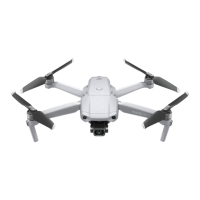
